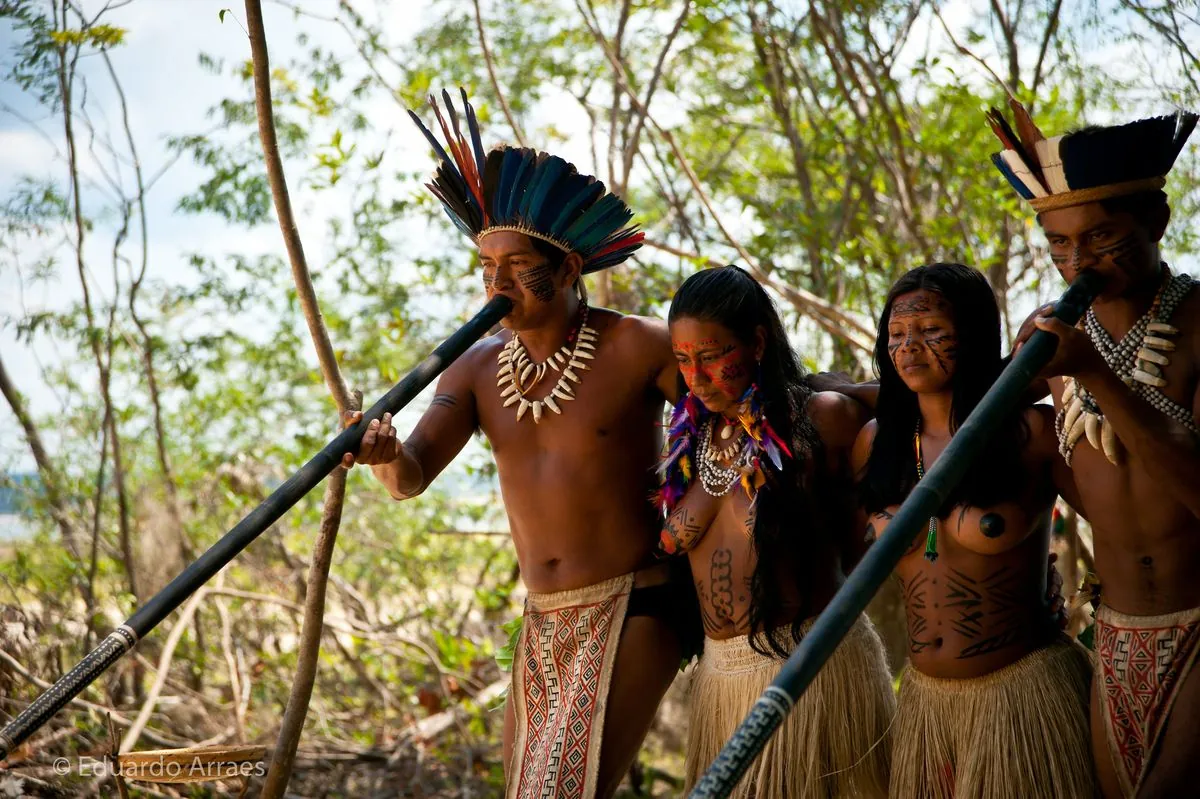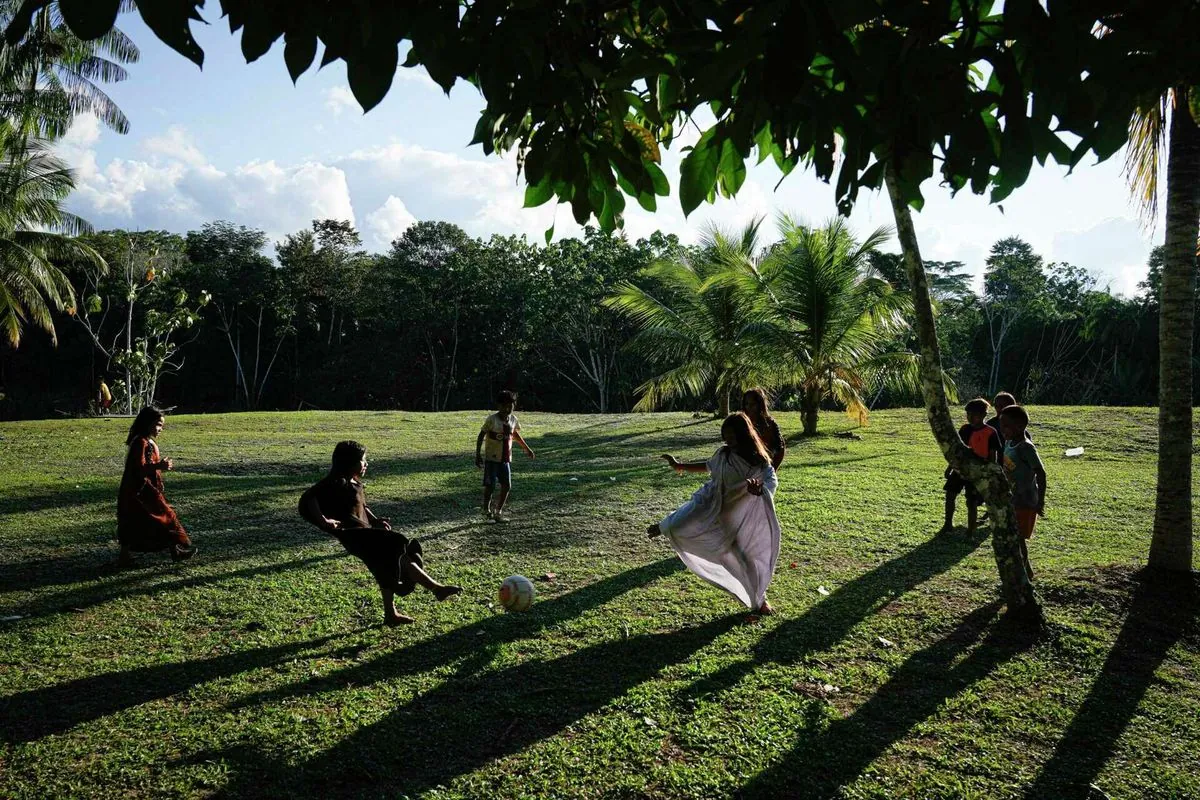Ashaninka Tribe: Guardians of the Amazon Secure $6.8M for Conservation
The Ashaninka tribe in Brazil's Amazon has transformed their territory, securing a major grant for regional conservation. Their success story includes political influence and innovative land management amid climate challenges.

In the heart of Brazil's western Amazon, the Ashaninka tribe of the Amonia River has emerged as a beacon of hope for Indigenous land rights and environmental conservation. Over the past three decades, this resilient community has not only reclaimed their ancestral lands but also pioneered sustainable practices that are now inspiring neighboring territories.
The Ashaninka, one of South America's largest Indigenous groups, have successfully transformed their territory from degraded pastures to thriving forests. Their efforts have focused on reintroducing native species, including fruit and timber trees, medicinal plants, and the sacred Ayahuasca vine, which has been integral to their traditional medicine for centuries.
In a significant milestone for Indigenous representation, Isaac Piyãko became the first Ashaninka mayor of Marechal Thaumaturgo in 2016, breaking the long-standing political dominance of rubber barons, loggers, and farmers in Acre state. His reelection in 2020 further solidified the tribe's growing influence in regional politics.
Building on this momentum, an Ashaninka-led organization has recently secured a $6.8 million grant to improve territory management across neighboring Indigenous lands. This initiative will cover an area comparable to the U.S. state of Delaware, showcasing the tribe's commitment to sharing their successful conservation model.

The Ashaninka's journey began 32 years ago when the Brazilian government officially recognized their territory along the Amonia River. This recognition came after a prolonged struggle against loggers and cattle farmers who had exploited Indigenous labor under slave-like conditions. The tribe strategically relocated their main village, Apiwtxa, to an abandoned pasture, focusing on reforestation and self-sufficiency while vigilantly protecting their lands from external threats.
Central to the Ashaninka's transformation has been the leadership of the Piyãko family. While Isaac Piyãko has made strides in politics, his brother Francisco Piyãko has spearheaded efforts to share Apiwtxa's experiences with other Indigenous communities, fostering a regional approach to conservation.
However, the Ashaninka and their neighbors in the Jurua Basin face mounting challenges from climate change. In 2023, a record-breaking drought in the Amazon caused unprecedented warming of the Amonia River, leading to massive fish die-offs and disrupting the tribe's traditional way of life. This was followed by historic flooding that destroyed crops and infrastructure. As of 2024, Amazon communities continue to grapple with widespread drought conditions, underscoring the urgent need for adaptive strategies.
The Ashaninka's story is a testament to the power of Indigenous stewardship in preserving biodiversity and combating climate change. Their sustainable agroforestry practices not only protect the Amazon, home to about 10% of the world's known biodiversity, but also serve as a model for climate change mitigation. As they continue to face environmental challenges, the Ashaninka's resilience and innovative approach to land management offer valuable lessons for conservation efforts worldwide.
"Our ancestors have protected these lands for generations. By combining our traditional wisdom with modern conservation techniques, we are not just preserving our heritage but securing a sustainable future for all."


































